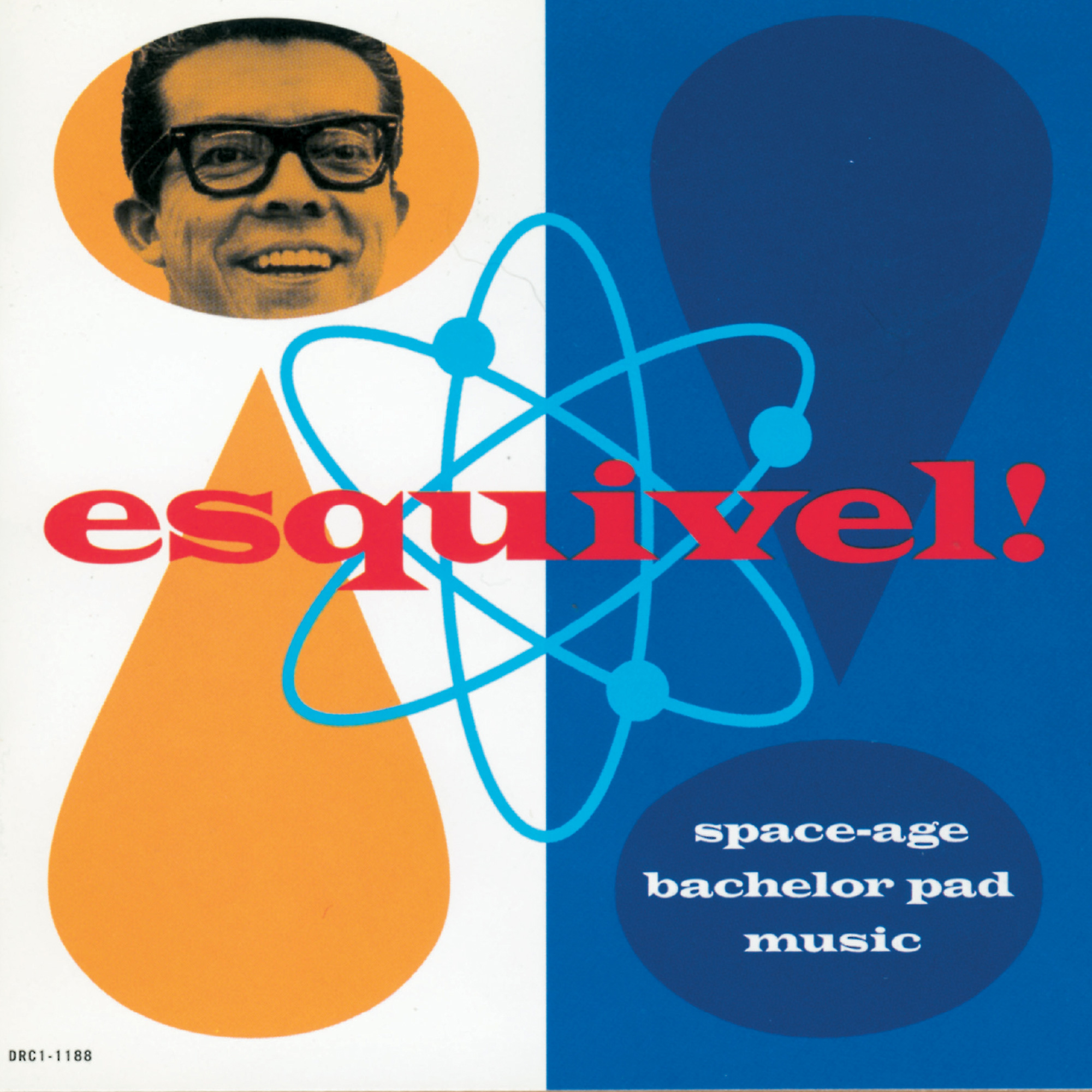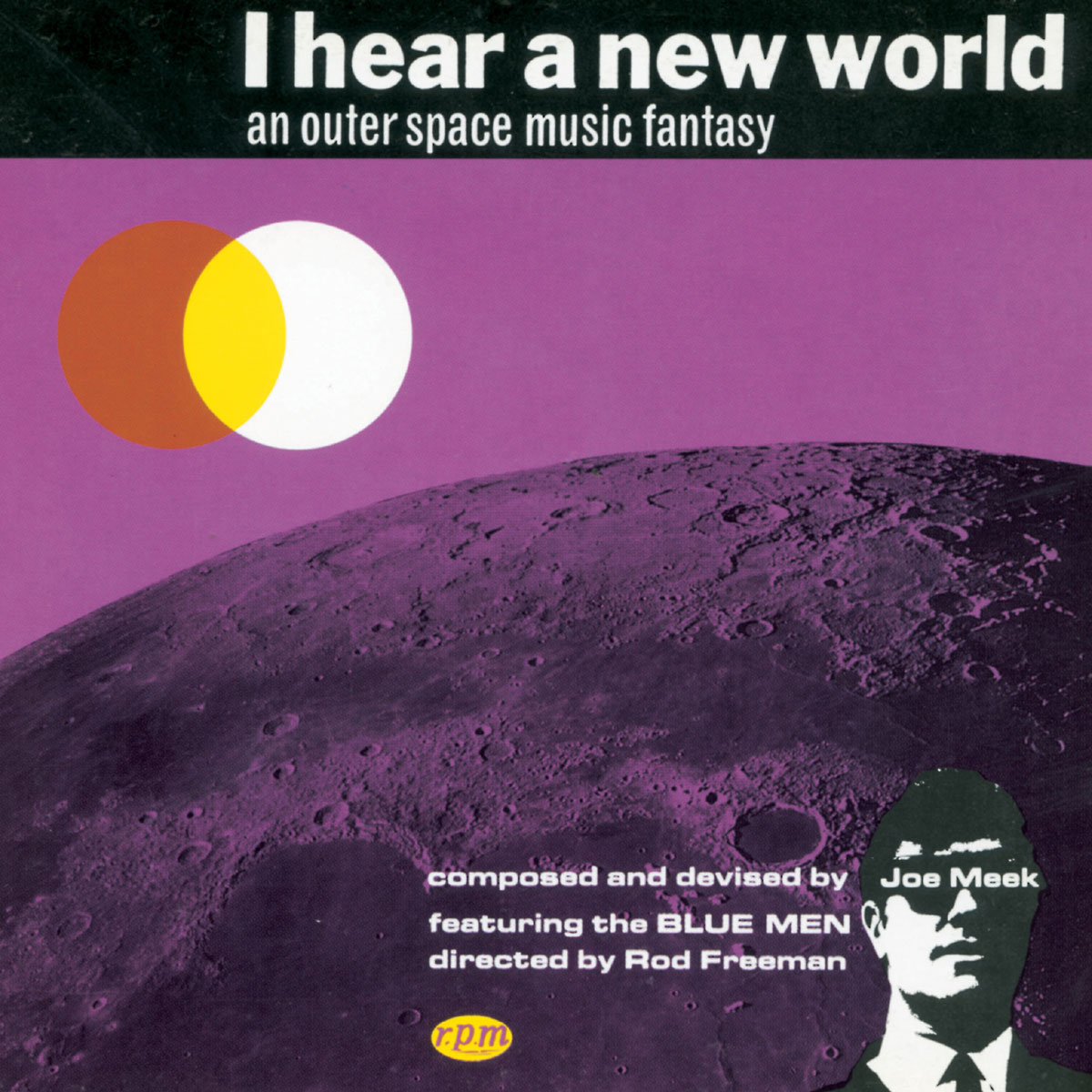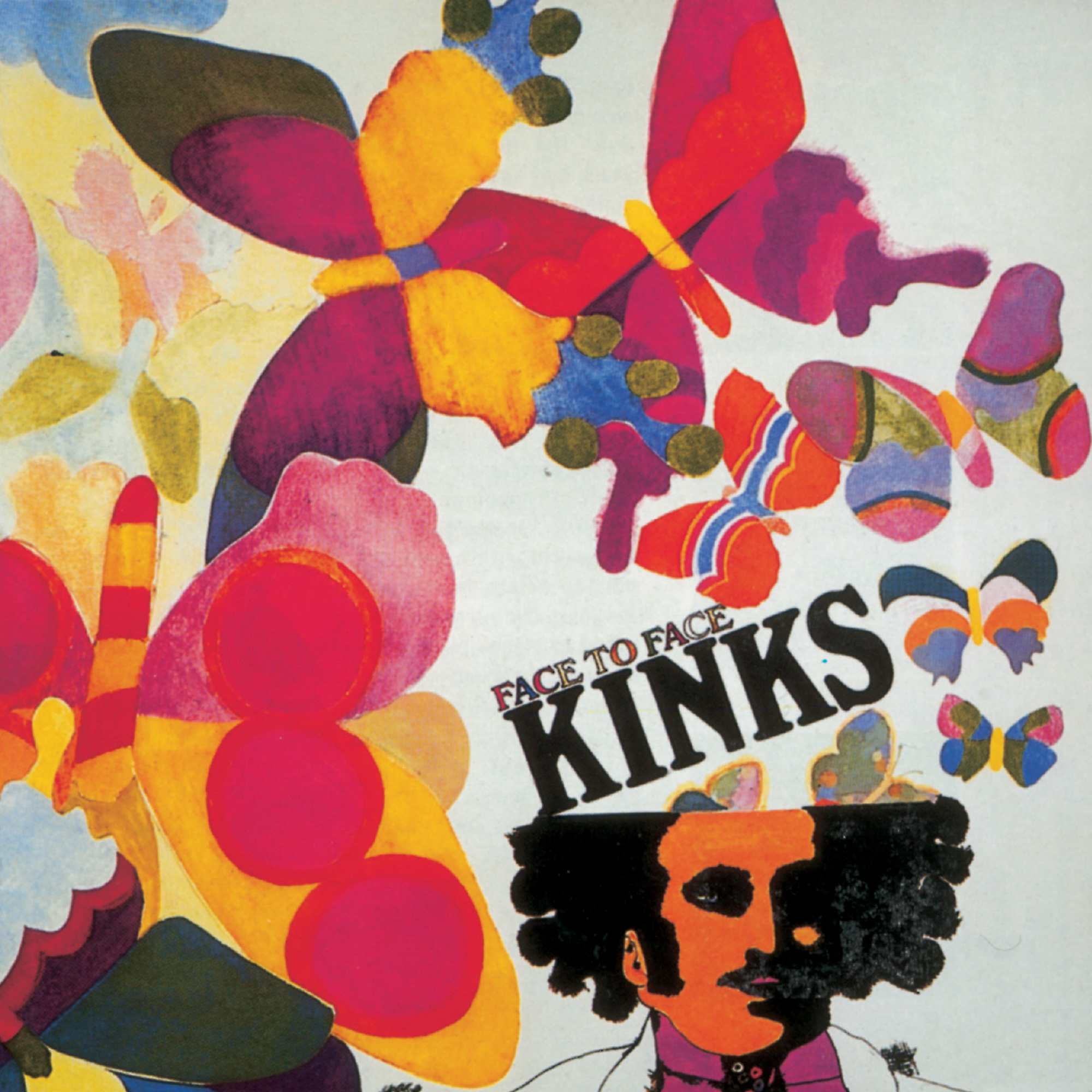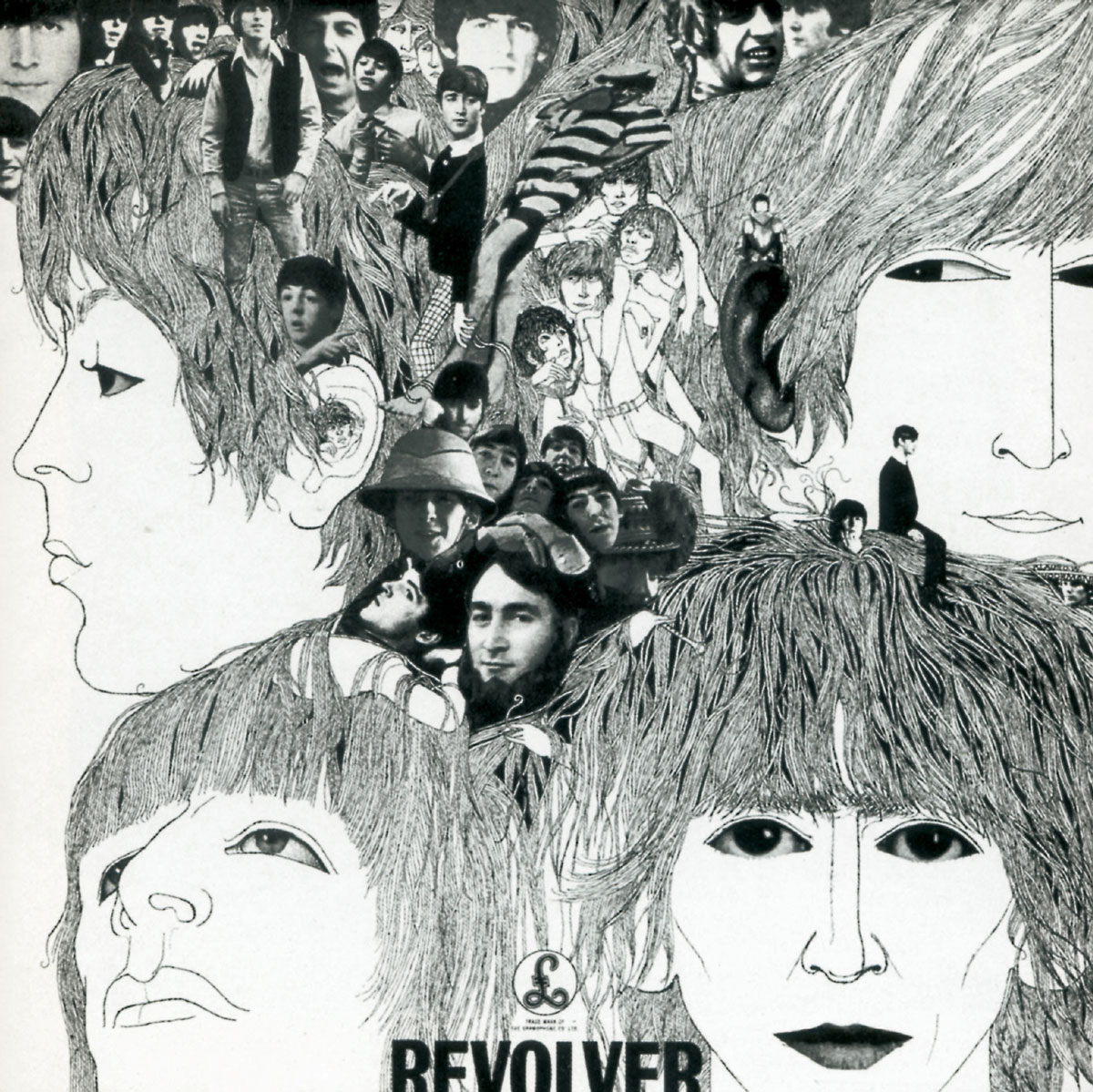I Hear a New World
Vibrating cutlery and the roots of psychedelic music
Andrew Hultkrans
Phil Lesh, bassist of psychedelic pioneers the Grateful Dead, once remarked that “psychedelic music is any music listened to while tripping.” While to my mind this is the best definition of psychedelic music extant (anyone who’s ever taken acid knows that Muzak, to name one example, can under the proper circumstances sound like the work of deranged Skinnerian psychotics in white lab coats, created for the sole purpose of freaking you out), the fact remains that psychedelia evolved quickly into a recognizable style with its own instant clichés within two years of its emergence in 1966. Some of the more obvious stylistic signifiers of first-generation psychedelic music include the use of sitars and other exotic instruments in rock or folk contexts; a generalized deployment of Indian and Eastern musical influences, both harmonically (non-Western scales) and structurally (trance-inducing drones and grooves); recently developed studio effects (fuzz, wah-wah, flanging, phasing, stereo panning, etc.) and avant-garde recording methods (tape cut-ups, found sounds, backwards everything); baroque orchestral arrangements (harpsichords, french horns, flutes, glockenspiels, string quartets); extended improvisation, primarily on electric guitar; and, inexplicably, whispered backing vocals. Often thought of as the result of combining blues, folk, and raga with electricity and LSD, i.e., traditional musical forms on acid, psychedelic music actually has roots in the ultra-square exotica that self-styled “hep” adults played at tiki-torch cocktail parties in the late 1950s and beyond.
Exotica, or “Space-Age Bachelor Pad Music,” as it has come to be known by kitsch-loving hipsters, emerged in the early ’50s, as a generation of young adults (including many veterans of World War II’s South Pacific theater) eased into suburbia and unprecedented prosperity and needed music to mix with their Mai-tais. A newfound fascination with all things Polynesian (Hawaii would be annexed as a state by the end of the decade) and simultaneous advances in recording technology led to an unlikely mélange of primitive fantasy-island aesthetics and cutting-edge stereo sound and effects. Les Baxter, Martin Denny, Arthur Lyman, and Juan Garcia Esquivel were some of the composer/producers who mined this florid terrain into the ’60s, employing exotic instrumentation, hi-fi test record stereo gimmickry, nature noises from Hawaii or the Belgian Congo, and Polynesian or Latin musical forms to create cinematic “mood music” that would transport the listener to unknown, fantastic worlds—utopian both in their evocation of a pre-industrial paradise and their announcement of a brave new world of seamless technological simulation and instant pleasure.
One hallmark of SABPM that would exert a major influence on psychedelia was the intention of inducing synethesia—sounds as shapes or colors—in the listener by means of studio wizardry. Esquivel’s 1962 album Latin-esque, for example, was recorded as part of RCA’s “Stereo Action” series, which lured listeners with the promise of “movement so real, your eyes will follow the sound.” Another was the invocation of outer space and infinity: Les Baxter’s first record was called Music Out of the Moon (1948) and featured a Theremin, later heard on many psychedelic tracks, and Esquivel recorded not one but two volumes of Infinity in Sound. SABPM is often maligned as “elevator music,” but its influence ranges widely and persists to this day, having spawned ambient music, Muzak, certain strains of electronica, bands such as Stereolab, Friends of Dean Martinez, and Tipsy, and yes, first-generation psychedelia. Its most important contribution to the latter is best summed up by an early 1960s critic’s description of Esquivel as “a walking contradiction—a pop avant-gardist.” By late 1966, this quality would no longer be a contradiction in popular music, but a badge of honor, and it would find its highest mass cultural expression in the Beatles’ Sgt. Pepper’s Lonely Hearts Club Band.


British psychedelia didn’t start with the Beatles, however. The true father of the form—and, along with surf music, the missing link between exotica and psychedelia—was independent English record producer Joe Meek, a wireless radio tinkerer turned poor man’s Phil Spector who had a surprisingly successful run on the British charts in the early ’60s. Meek’s singles—for beat bands, instrumental combos, teen idols, novelty acts—didn’t sound like anyone else’s, mostly due to their having been recorded in his London flat instead of a proper studio and then treated to a staggering array of his homemade effects. Meek was also known for his madcap willingness to try anything to get the desired sound, including recording toilets flushing and having a group stomp on his wooden staircase in unison to bolster a rhythm track. Fond of pills and tormented by his then-illegal homosexuality, Meek grew increasingly paranoid and despondent over the course of his career, eventually fatally shooting his landlady and then himself on February 3, 1967, just as psychedelia was becoming the rage in swinging London. Though Meek never got the chance to produce any psychedelic bands, his famous 1962 instrumental “Telstar,” played by his house band the Tornados, is arguably the first psychedelic record. In its evocation of space travel, its liberal use of sound effects (including a remarkably convincing rocket blast-off consisting of a backward toilet flush mixed with electronically treated vocal sounds), its foregrounding of a gimmicky new electric instrument (the clavioline, a proto-synthesizer), its quasi-classical flourishes (a piano played to sound like a harp), and otherworldly production (extreme compression, limiting, tape echo), “Telstar” embodied many aspects of the psychedelic records to come (“Interstellar Overdrive,” a 1967 instrumental space exploration by Syd Barrett’s original Pink Floyd, being one notable example) and served as the template for the original Star Trek theme.
Meek’s opus, however, and perhaps the first rock’n’roll concept album, was I Hear A New World (1960), an “Outer Space Stereo Fantasy” never released in its intended form as an LP during his lifetime. A cod space opera intended, according to Meek, to “create a picture in music of what could be up there in outer space...from the studies I have made,” I Hear A New World concerns the activities and environs of various Moon dwellers—Dribcots, Sarooes, Globbots, and the like—and is reminiscent of the uncomfortable mingling of fairy-tale whimsy and thinly veiled sexual desire found in the paintings and writings of “outsider” artist Henry Darger. Meek’s descriptions of these alien communities also eerily prefigured elements of psychedelia and, with the Dribcots’ “space boat,” the cartoonization of the Beatles in Yellow Submarine. Of the Sarooes’ “love dance,” Meek writes, “Once again we find the Sarooes in a sad mood as they twist and turn in this almost Eastern dance. This dance is performed every eight days when the light is only half as bright, and a strange purple haze seems to cover their Valley. They dance for almost four hours non-stop, and then fast for three days”; and of the “Bub Light,” a beautiful astronomic event, “a great patch of the sky becomes filled with different coloured lights...like the end of a rainbow, except that each light takes on a shape. People travel from great distances to dance in the coloured rays, and about every five minutes the different lights all mix up, take on different shapes, and settle down to shimmer for another five minutes.” [emphasis mine]. Incense and peppermints, anyone? Lunar location aside, the above could easily be observations by a straight bystander on the dancers and light shows at the freak-outs, be-ins, 14-Hour Technicolor Dreams, and Acid Tests that would fill the ballrooms, clubs, and parks of San Francisco, LA, and London six years later.
According to the liner notes of the 1991 CD of I Hear A New World, the bizarre homespun effects Meek employed in its recording included “running water, bubbles blown through drinking straws, half-filled milk bottles being banged by spoons, the teeth of a comb drawn across the serrated edge of an ashtray, electrical circuits being shorted together, clockwork toys, the bog being flushed, steel washers rattled together, heavy breathing phased across the mikes, vibrating cutlery, reversed tapes, a spot of radio interference … ” and so on. It’s a short leap from this to Paul McCartney and Brian Wilson chomping celery into the mike for the Beach Boys’ “Vegetables,” or to the credits of the Grateful Dead’s second album, 1968’s Anthem of the Sun, which had the band playing, in addition to conventional rock instruments, “vibraslap, celesta claves, harpsichord, trumpet, guiro, kazoo, timpani, orchestra bells, gong, chimes, crotales, prepared piano, finger cymbals, and electronic tape.” A shame Meek wasn’t around to produce Anthem, as Warner Brothers’ Dave Hassinger, the record’s titular producer, had to endure weeks of unreasonable technical demands from the Dead; he finally quit when they requested “the sound of thick air” for one track.
A watershed year for proto-psychedelia, 1962 saw not only “Telstar” topping the charts, but also early LSD use in Bay Area intellectual circles and the release of the first raga influenced album by a Western musician, Sandy Bull’s Fantasias for Banjo and Guitar. Bull, a folkie who could seemingly play any string instrument, however exotic, was obsessed in equal measures by African music, free jazz, and, significantly, Ali Akbar Khan’s recordings of classical Indian ragas. The centerpiece of Fantasias was “Blend,” a twenty-two-minute improvisational raga with Bull on guitar and the Ornette Coleman Quartet’s Billy Higgins on drums that would go on to influence a number of future psychedelic rockers. In the following year, English folkies Bert Jansch and Davey Graham would also record raga-inspired pieces on open-tuned acoustic guitars.


Two years later, in 1965, Ray Davies of the Kinks would bring the Indian aesthetic to rock with “See My Friends,” often credited as the first psychedelic song, in which a droney acoustic 12-string was made to sound like a sitar. Unlike the folk musicians on both sides of the Atlantic, whose only connection to Indian music was through recordings, Davies claims to have been inspired by India itself: “When I wrote the song, I had the sea near Bombay in mind,” Davies recalled. “We stayed at a hotel by the sea, and the fishermen came up at five in the morning and they were all chanting.” Later in 1965, George Harrison’s encounter with Ravi Shankar in India during the filming of Help! would lead to “Norwegian Wood,” the first rock track to employ an actual sitar, on the Beatles’ Rubber Soul. In mid-’66, the term “raga rock” would be coined to describe the Byrds’ “Eight Miles High” (McGuinn’s electric 12-string solos were inspired by Shankar and John Coltrane, himself on the Indian tip at this point), the Rolling Stones would follow with “Paint It Black,” and then, perhaps due to increased emigration from the subcontinent to London but more likely to every band’s desire to emulate the Beatles, the doorway to the East was thrown wide open, culminating in, among other things, Ravi Shankar’s appearance at the Monterey Pop Festival in 1967 and the institution of the sitar as a psychedelic cliché.
The year after the Beatles introduced the sitar to rock on Rubber Soul, they would record the first indisputably psychedelic track, John Lennon’s “Tomorrow Never Knows,” which, not surprisingly, opens with a sitar drone. What follows is an unprecedented sonic assault featuring fractured martial drumming, electric slide guitar treated to sound like a keening seagull, a trance-inducing harmonic progression heavily indebted to Indian music, and blasts of cut-up, tempo-shifted, and backward-played tapes of a symphony orchestra. To this day it sounds like a particularly unsettling Chemical Brothers loop (an obscure soundalike single from the period, Tintern Abbey’s “Vacuum Cleaner,” is a Chemical Brothers loop). Heralded somewhat by “Rain,” the spring 1966 B-side on which Lennon tipped his hat to both the Byrds and “See My Friends” and which featured backward vocals, “Tomorrow” owes most of its beguiling power to the studio trickery of Beatles producer George Martin. Martin’s pre-Beatles gig had been producing novelty and comedy records (featuring the Goons and Peter Sellers, among others) for EMI subsidiary Parlophone, and his tenure there gave him experience with and an appetite for sound effects and tape manipulation, which he would indulge greatly over the course of the Beatles’ career. Along with the kitchen-sink sonic experiments of Joe Meek and the influence of Karlheinz Stockhausen and other avant-garde composers on the Beatles, Byrds, and other key bands, it was, of all things, George Martin’s background with comedy records that would be primarily responsible for the rapid proliferation of strange sound effects, backward tracks, and tape cut-ups on psychedelic records.
The tendency toward classical orchestration in psychedelia is also partly due to Martin (he had produced classical sides and loved classical music), but is more accurately the result of the influence of Phil Spector’s teen symphonies of the early ’60s on the young Brian Wilson, who with Pet Sounds (1966) would fully integrate rock, classical, and psychedelic influences (despite its hyper-innocent goat-feeding cover, Pet Sounds was partially inspired by Wilson’s LSD and marijuana use). The effect of Pet Sounds on the more ambitious British musicians of the period cannot be overstated. The Beatles, the Who, the Kinks, even the Rolling Stones all began to feature baroque orchestrations on subsequent records, and the emergence, for good or ill, of the “rock opera” was a direct result of Pet Sounds and its British response, Sgt. Pepper. English psychedelia would feature more harpsichords, strings, and choirboy vocals than its American strain, largely due to the greater sway “high” culture and history has over British youth and the likelihood that many of the country’s first-generation psychedelic musicians would have grown up singing in Anglican choirs. Two period masterworks in this baroque orchestral mode that serve as more analogous echoes of Pet Sounds than Pepper are the Zombies’ Odessey & Oracle and Billy Nicholls’s Would You Believe (both 1968), which push ornate classical affectations and breathy choirboy vocalizing to their limits but remain gorgeous, timeless records.
With any aesthetic as nebulous and mutable as psychedelia, definitions are provisional and omissions inevitable, but it would be remiss to not mention the 13th Floor Elevators, formed in Texas in 1965 and considered by many to be the first psychedelic band. Despite their use of an eerie-sounding electric jug, their self-consciously druggy lyrics, and the fact that their singer/guitarist Roky Erickson is, along with Syd Barrett, a famous acid casualty, the Elevators’ “psychedelic sounds” were not, sonically speaking, especially psychedelic. The Elevators are more properly placed in the tradition of American stoner garage punk canonized by Lenny Kaye in his massively influential 1972 Nuggets compilation. Nuggets was subtitled Original Artyfacts from the First Psychedelic Era, 1965–68, and Kaye’s double-LP has recently been expanded by Rhino to a four-CD box set, but most of the bands represented aren’t terribly psychedelic either, to my ears. The Nuggets bands are wildly entertaining and certainly more innovative than their initial obscurity would imply, but their lasting contribution is felt more in 1976–77 punk than in psychedelia, first era or otherwise. The Nuggets II box, compiling liked-minded bands from “The British Empire and Beyond, 1964–69,” is, in my opinion, far more psychedelic. But what do I know? Psychedelic music is whatever you’re listening to while tripping.
Andrew Hultkrans is editor-in-chief of Bookforum.